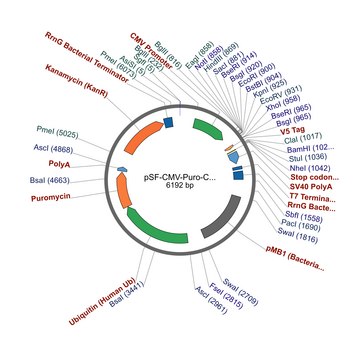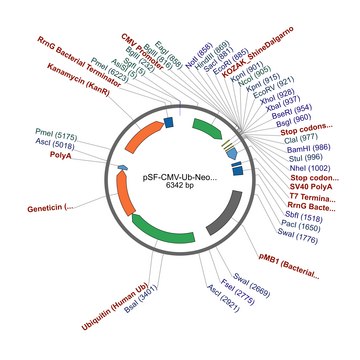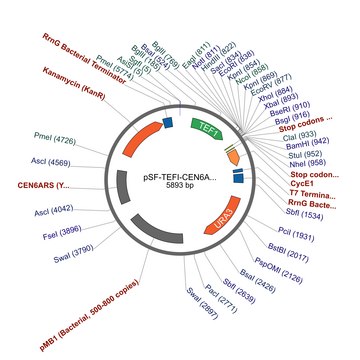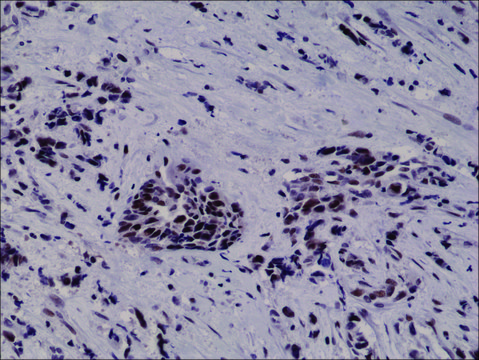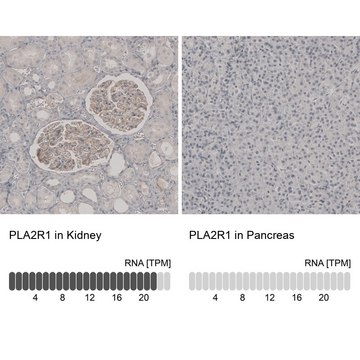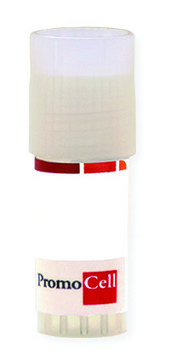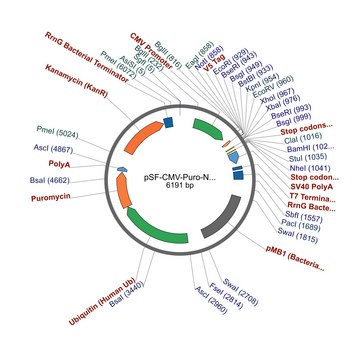OGS3417
PSF-CMV-PURO-COOH-TEV-V5-6HIS - C-TERMINAL 6 HIS AND V5 DUAL TAG MAMMALIAN PLASMID
plasmid vector for molecular cloning
Synonym(s):
cloning vector, expression vector, molecular cloning vector, plasmid, plasmid vector, snapfast vector, vector
About This Item
Recommended Products
tag
6-His tagged
V5 tagged
form
buffered aqueous solution
mol wt
size 6231 bp
bacteria selection
kanamycin
mammalian cells selection
puromycin
Origin of replication
pUC (500 copies)
Peptide cleavage
TEV
Peptide tag location
C-terminal
Promoter
Promoter name: CMV
Promoter activity: constitutive
Promoter type: mammalian
reporter gene
none
shipped in
ambient
storage temp.
−20°C
General description
About the Peptide Tag:This plasmid contains a c-terminal V5 epitope tag that can be fused to a gene of interest to allow protein detection and/or purification. The sequence of the tag is: GKPIPNPLLGLDST. This plasmid also contains a secondary Hexa-Histidine (6His) tag protein tag. The sequence of this tag is: HHHHHHWe provide a range of dual peptide tag plasmids. This is because some peptide tags provide specific biological properties (e. g., small molecule affinity new epitopes solubility or protein secretion) that are not provided by others.
About the Cleavage Tag: This plasmid also encodes a protease cleavage site that is designed to be positioned between your gene of interest and the tag to allow the removal of the tag following protein purification or isolation. This plasmid contains a TEV cleavage tag. The protein sequence of the cleavage tag is: ENLYFQG. Cleavage occurs between the Glu and Gly residues. TEV is often reported to have better specificity for its recognition site compared to EKT Thrombin or Faxtor Xa.
Promoter Expression Level: This plasmid contains the mammalian CMV promoter to drive gene expression. We have tested all of our mammalian promoters in a range of cell types and CMV is consistently the strongest in those we have studied. However there are many reports of the CMV promoter demonstrating silencing by methylation in long-term culture.
Sequence
Analysis Note
related product
Storage Class Code
12 - Non Combustible Liquids
Flash Point(F)
Not applicable
Flash Point(C)
Not applicable
Regulatory Information
Choose from one of the most recent versions:
Certificates of Analysis (COA)
Sorry, we don't have COAs for this product available online at this time.
If you need assistance, please contact Customer Support.
Already Own This Product?
Find documentation for the products that you have recently purchased in the Document Library.
Our team of scientists has experience in all areas of research including Life Science, Material Science, Chemical Synthesis, Chromatography, Analytical and many others.
Contact Technical Service